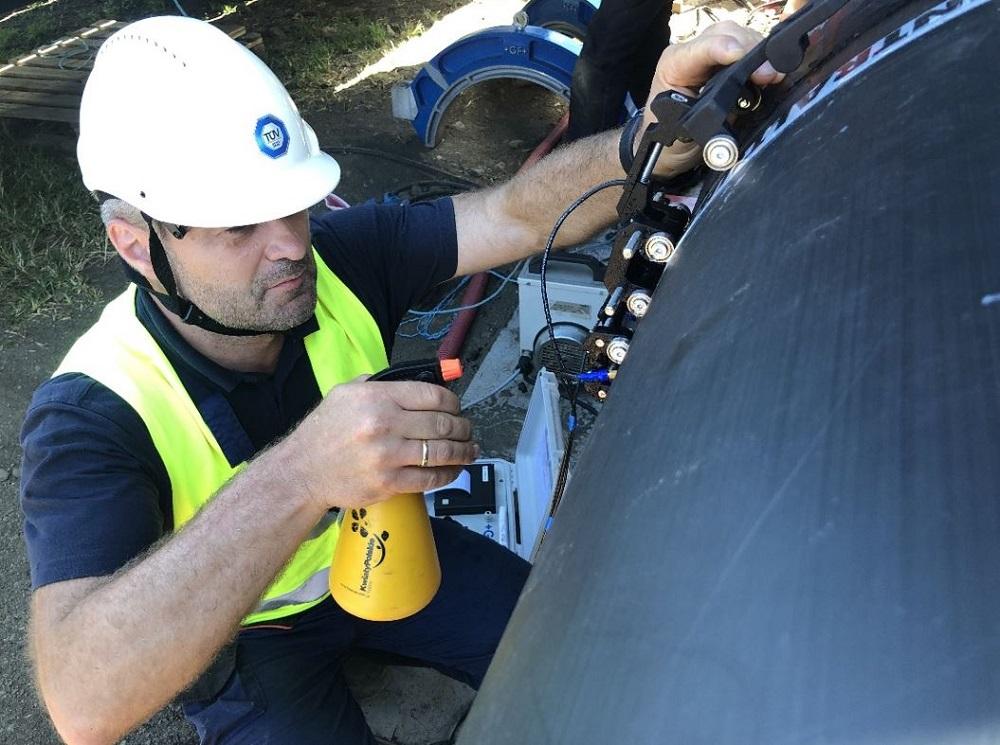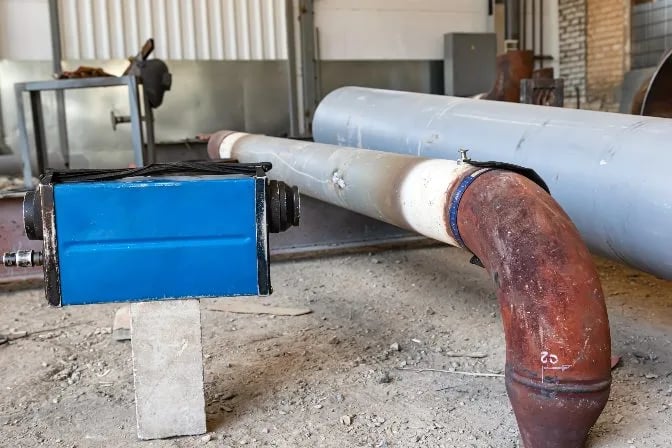Remain Code-Compliant: Professional Pipeline Welding Inspection Tailored to Your Requirements
Comprehensive Introduction of Pipeline Welding Assessment Procedures
In the realm of pipe building and construction, making certain the honesty and safety of welded joints is critical. Pipeline welding evaluation treatments play an important function in ensuring that welded connections fulfill strict industry standards and specifications. From meticulous pre-welding inspections to detailed post-weld analyses, a distinct assessment procedure is necessary for preserving the architectural sturdiness of pipes. Recognizing the ins and outs of welding evaluation treatments is not only a governing requirement but also a basic facet of maintaining the dependability of these vital infrastructures.
Pre-welding Assessment Preparations
Prior to beginning the welding procedure, detailed pre-welding examination preparations are crucial to ensure the honesty and top quality of the weld joint. These prep work entail a precise assessment of the products to be bonded, the welding tools, and the job atmosphere. By performing extensive pre-welding assessment preparations, prospective problems can be identified and settled early on, leading to trustworthy and premium weld joints.
Welding Procedure Certification
Thorough pre-welding inspection prep work lay the foundation for the important process of Welding Treatment Qualification, ensuring the honesty and quality of the weld joint. Welding Treatment Qualification (WPQ) is a crucial action in the welding process that entails testing and licensing welding procedures to ensure they satisfy particular criteria and requirements. The WPQ procedure typically includes welding treatment specification advancement, welding treatment qualification testing, and documents of the outcomes.
During welding treatment requirements development, vital details such as the welding process, welding products, joint style, and welding criteria are specified to create an extensive treatment. Subsequently, welding procedure certification screening is performed to confirm the suggested treatment's honesty. This screening typically includes welding examination vouchers that undergo numerous mechanical and non-destructive examinations to analyze the weld's top quality and adherence to the defined standards.
In-process Weld Inspection
During the welding process, in-process weld examination plays an important function in making sure the quality and stability of the weld joint - Pipeline Welding Inspection. This kind of inspection involves keeping track of the welding specifications, evaluating the weld grain development, and detecting any kind of possible issues or stoppages as they occur. By conducting in-process weld inspections, welding operators can promptly address any concerns that may emerge, therefore protecting against more flaws and making sure that the last weld satisfies the needed specs
Common approaches made use of for in-process weld assessment include aesthetic evaluation, liquid penetrant screening, magnetic bit testing, ultrasonic screening, and radiographic screening. Aesthetic evaluation is frequently the initial step in the process, enabling inspectors to visually analyze the weld for surface area abnormalities such as cracks, porosity, or insufficient blend. Advanced approaches like ultrasonic testing and radiographic screening offer helpful hints detailed understandings into the inner structure of the weld, ensuring that there are no surprise problems that can jeopardize the weld joint's toughness and integrity. On the whole, in-process weld assessment is vital for maintaining the high quality and integrity of welded pipes.
Non-destructive Screening (NDT)
Non-destructive Screening (NDT) is a vital approach utilized in pipe see page welding examination to assess the stability of weld joints without triggering damages to the bonded structure. By using different NDT techniques, inspectors can examine the top quality of welds and identify any flaws or discontinuities that may jeopardize the architectural sturdiness of the pipe. Common NDT methods utilized in pipe welding inspection include Radiographic Testing (RT), Ultrasonic Testing (UT), Magnetic Particle Testing (MPT), Liquid Penetrant Testing (LPT), and Visual Testing (VT)
RT includes using X-rays or gamma rays to create pictures of the inner structure of the weld, enabling inspectors to discover problems such as porosity, splits, or incomplete fusion. UT uses high-frequency acoustic waves to detect flaws below the surface of the weld, providing comprehensive information about the dimension and area of issues. MPT and LPT are made use of to recognize surface-breaking flaws by applying penetrant liquids or magnetic fragments to the weld location. Additionally, VT involves aesthetic examination of welds to recognize any kind of visible imperfections.
Post-weld Assessment and Documentation


Paperwork of post-weld assessment findings is essential Resources for preserving quality assurance documents and ensuring conformity with industry criteria and policies. Comprehensive records ought to include information regarding the inspection techniques made use of, the location and nature of any type of problems located, and any restorative activities taken - Pipeline Welding Inspection. Proper paperwork not just serves as a document of the weld's quality however additionally aids in future upkeep and assessment procedures
Conclusion

In verdict, pipe welding inspection treatments play a critical duty in ensuring the quality and integrity of welds. Overall, adherence to proper evaluation procedures is essential to the success of pipeline welding projects.
From careful pre-welding inspections to extensive post-weld evaluations, a well-defined inspection process is necessary for keeping the structural sturdiness of pipelines. By carrying out in-process weld assessments, welding drivers can quickly attend to any issues that may occur, thus preventing further defects and making sure that the last weld satisfies the needed specifications.
Usual approaches used for in-process weld evaluation consist of visual inspection, fluid penetrant testing, magnetic particle testing, ultrasonic screening, and radiographic testing.Non-destructive Screening (NDT) is an essential technique employed in pipe welding assessment to evaluate the honesty of weld joints without triggering damage to the bonded structure. Post-weld assessment entails various approaches to analyze the welds for problems, consisting of visual examination, dye penetrant screening, magnetic bit testing, ultrasonic testing, and radiographic screening.